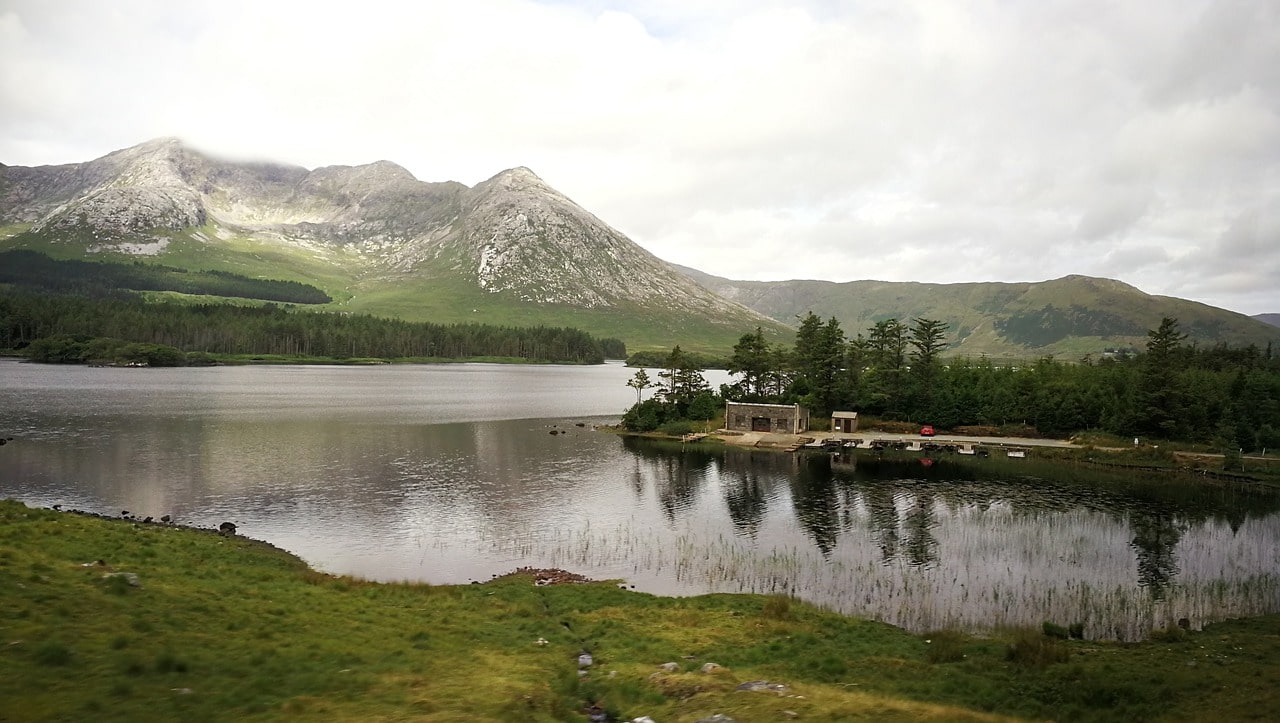
The 2016 Paris Agreement brought together almost all of the world’s nations - for the first time ever - in a single agreement to reduce the anthropogenic greenhouse gas emissions causing global warming. These nations agreed to pursue efforts to limit global temperature rises to 1.5°C. Such efforts are currently focused on reducing net fossil fuel CO2 emissions to zero by completely shifting towards renewable energy generation by 2050, together with ending deforestation and changing land use to prevent the release of carbon already stored within ecosystems.
Even if they are completely successful, these efforts will not be enough to achieve the 1.5°C target. This is because there is already too much CO2 in the atmosphere. There is therefore a need to remove CO2 from the atmosphere and store it as sequestered carbon in terrestrial, freshwater and marine sinks. Estimates indicate that 500 GtCO2 needs to be removed and stored between now and 2100 (or approximately 6.5 GtCO2 yr-1) to achieve the 1.5°C target. Based on what we already know about the influential role animals play in the carbon cycle, the restoration of wildlife populations - on land and in water - will be essential if we are to accomplish this objective.
